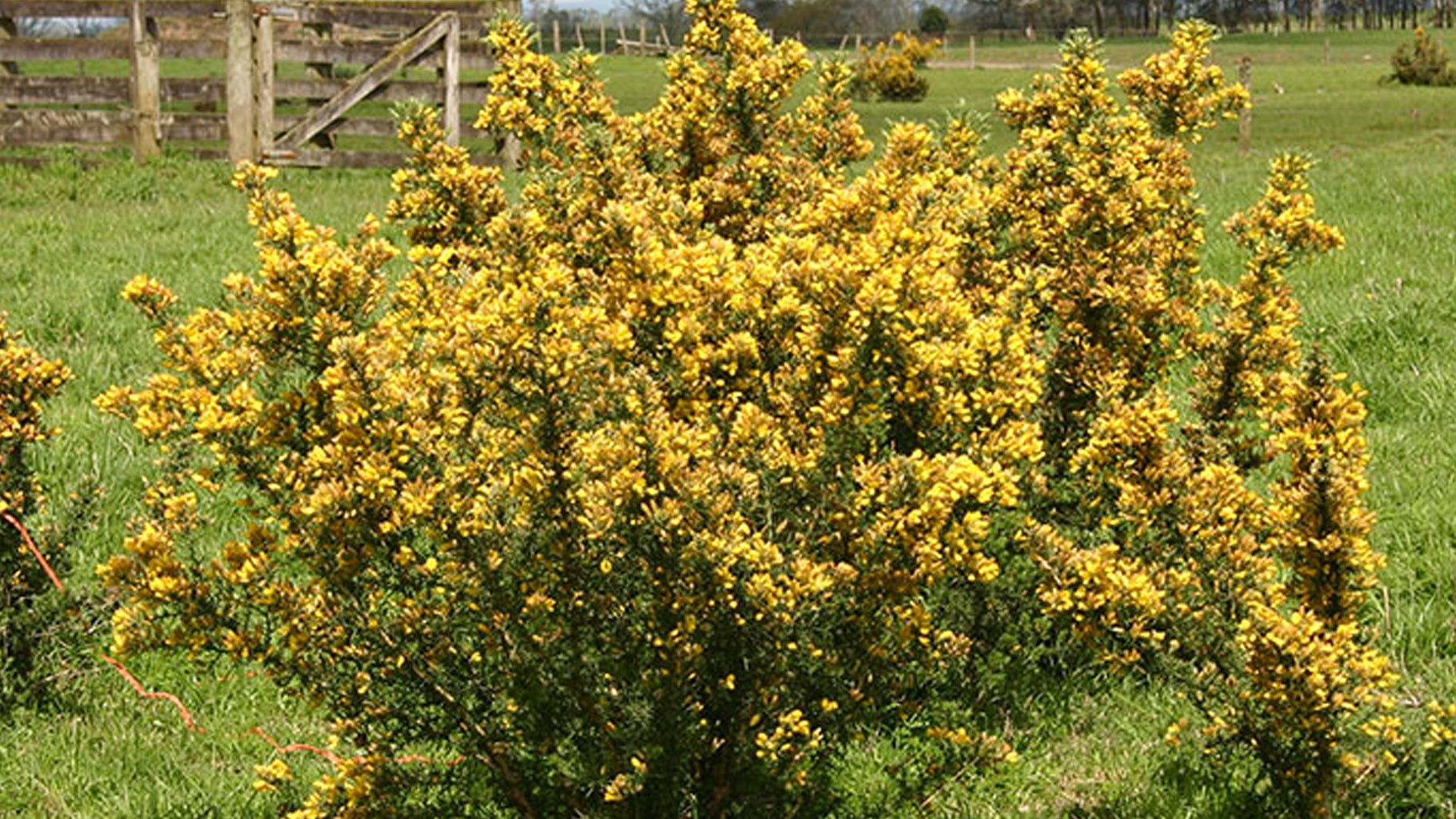
Gorse
27 Jul, 2021
Gorse is a woody perennial that presents large spines over its spreading branches, especially as the plant ages. Usually found in poorer soils, bare land, cliffs or banks and places where the soil has been disturbed.
The yellow, pea-like flowers appear during summer and turn into seed pods, which will turn black and explode in the summer sun, dispersing long-lived seed for up to 5m away.
As an added note, not all aspects of gorse are considered bad, as it provides a good source of food for bees. If you take out a lot of gorse on your property, consider planting other hardy natives (such as manuka) in its place that will also help feed bees in the area.
Gorse can also be nitrogen fixing, adding nitrogen back into poorer soil types.
Physical Control
Keep a close eye out for young seedlings plants and pull out ensuring all the roots are removed as well. If allowed to grow as the plant ages it will be much harder to remove by hand.
Cut back regularly to help stop the seed from spreading.
This physical control will need constant attention as stumps regrow quickly and long-lived seeds sprout fast especially after disturbance.
Other Treatment
Cut back to the ground and immediately apply Cut ‘N’ Paste MetGel or to the freshly cut wood.
Repeat as necessary. In some cases multiple applications are necessary.
When using sprays and chemicals allways apply as per the label instructions.